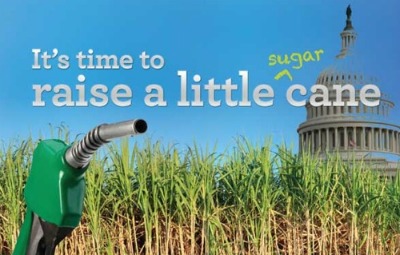"FEEDING THE WORLD ......ONE KING COCA AT A TIME"
CORPORATE@CANADADEVELOPMENT.ORG
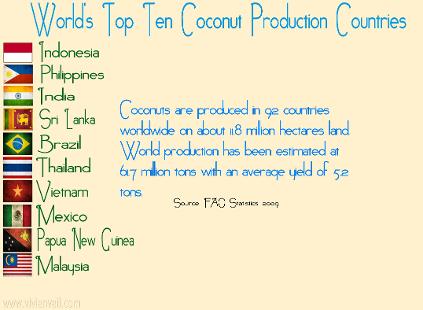
KING COCA GLOBAL PLANTATIONS
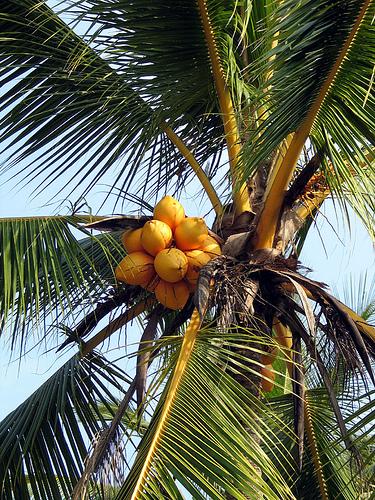
MONEY GROWS ON TREES IN SRI LANKA !!
"The Best Time to Plant King Coca was Twenty Five Years ago.........the Second Best TIME is......NOW ! "
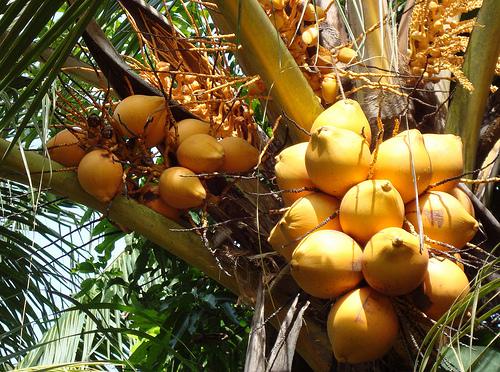
WORLD COCONUT CORPORATION
WORLDCOCONUT.ORG

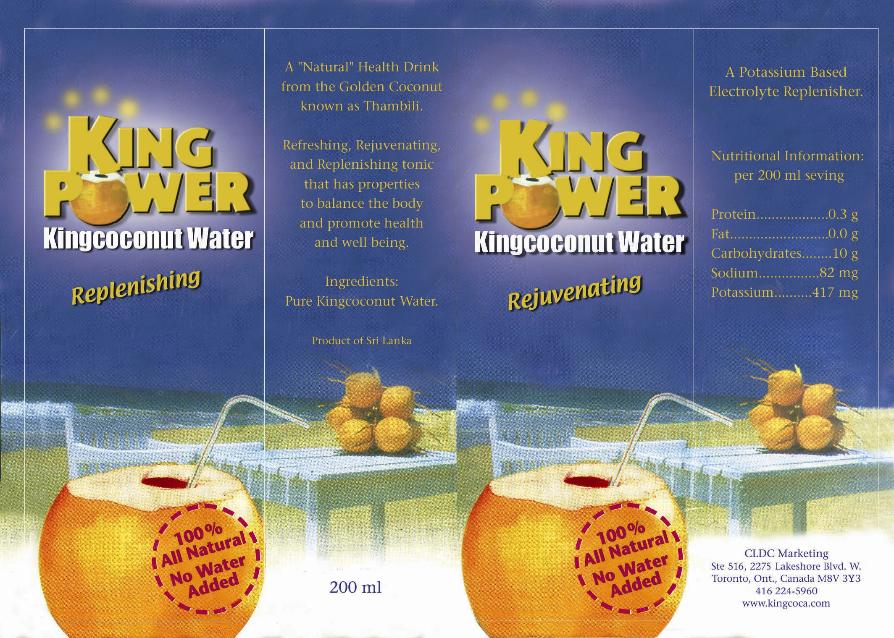
PLANTATION DEVELOPMENT:
Pride and Prosperity-Share in the Resurgence of the South
Sri Lanka
is on the threshold of a new economic development phase -one, which will lead
to sustained financial prosperity. Now you can join in the country’s
revitalization.
Agribusiness involving high value foods in particular fruits and
vegetables, has experienced rapid growth over the past decade. Excluding
bananas and citrus, the value of international trade in tropical fruit and
fruit derivatives has reached record values of over US $1.4 billion. World
demand for the major tropical fruits is expected to continue to increase by an
average of 3-5% annually well into the next millennium, as consumer awareness
and health concerns drive increased consumption. At the same time burgeoning
population continues to exert tremendous pressure on the world’s wood supply;
creating a chronically tight supply situation for many prized hardwoods, most
notably teak. Often referred to as the “King of Woods”, teak is revered Sri Lanka for
its natural beauty, remarkable strength and longevity.
TWO GLOBAL EVENTS- The emergence of agribusiness in many developing countries and the dwindling supply of one of the world’s prized hardwoods are seminal to major investment opportunities in which horticulture and agro forestry can be effectively wedded into a single plantation. The Canadian partners of the Joint Venture will develop such an operation in Monaragala with the first parcel of 2,000 acres being planted with a mix horticulture crops for export to major international markets.
CASH CROPS – The market for cash crops in immense. According to the Food and Agricultural Organization, by the year 2000 imports of flesh mangos are to expand by more than 9% of a year; papayas are expected to increase at a 6% annual growth rate; and pineapple, which has a history of excellent yields in Monaragala, is expected to escalate in demand by 4.5% annually. In addition, there is ever increasing demand for crops used in the pharmaceutical industry, and medicinal herbs such as gotukola will be considered as part of a diversified crop program. Although the initial phase of the project will focus on fruit and vegetable production, the longer-range plan is to establish an integrated processing facility (e.g. a canning, juicing, and dehydration plan) to add value to export products.
TEAK CULTIVATION- In tandem with fruit tree and
other horticultural production, the project will use ago forestry techniques
developed in Costa Rica
to cultivate teak trees. CSLC experts will use the latest technologies
including: specialized and hardy seed sources, clonal micro propagation, modern fertilization
methods, and proven thinning programs to improve wood quality and maximize teak
yields.
propagation, modern fertilization
methods, and proven thinning programs to improve wood quality and maximize teak
yields.
Profitability-A VALUE ADDED INVESTMENT
Financial institutions such as the National Development Bank and Mutual
Fund companies have identified argoindustry as a priority sector for equity
financing. To enhance the investment potential of Ruhuna 2001 CDC, the Board of
Investment in Sri Lanka
will provide the joint venture with various tax incentives including a tax
moratorium of up to 20 years. In addition, the project will receive exemption
from import duty and turnover taxes. CSLC has also developed a high innovative  corporate structure that allows
investors to enjoy tax write-offs that flow through on a pro rate basis from
the development phase of the project. Based on a model for crop
diversification, the project offers minimal risk and excellent profitability.
CSLC’s experience in developing both citrus and teak plantations in Costa Rica
indicates investors can expect to enjoy both short-terms returns in the area of
cash crops, as well as longer-term capital gains.
corporate structure that allows
investors to enjoy tax write-offs that flow through on a pro rate basis from
the development phase of the project. Based on a model for crop
diversification, the project offers minimal risk and excellent profitability.
CSLC’s experience in developing both citrus and teak plantations in Costa Rica
indicates investors can expect to enjoy both short-terms returns in the area of
cash crops, as well as longer-term capital gains.
Partnership -SRI LANKANS AND CANADIANS IN JOINT VENTURE
SOUTHERN DEVELOPMENT AUTHORITY -Formed by act of
Cabinet  in 1996 the Southern Development
Authority is mandated to “plan and implement development projects in the
southern region, that foster economic development and generate income and
employment opportunities.” A key responsibility of the SDA is negotiating with
local government officials to ensure that project implementation is
streamlined. At the same time as it safeguards the interests of the foreign
investor, the Authority must also ensure that those interests are compatible
with the economic needs and general human development £goals of the region.
in 1996 the Southern Development
Authority is mandated to “plan and implement development projects in the
southern region, that foster economic development and generate income and
employment opportunities.” A key responsibility of the SDA is negotiating with
local government officials to ensure that project implementation is
streamlined. At the same time as it safeguards the interests of the foreign
investor, the Authority must also ensure that those interests are compatible
with the economic needs and general human development £goals of the region.

CANADA LANKA DEVELOPMENT CORPORATION (2000) - The Canada Lanka Development Corporation has been specifically formed to act as the Canadian partner to the CANAMERICA 2020 Joint Venture enterprise. The mission statement of the Company is to invest in the future of Sri Lanka’s development and to facilitate the flow of foreign capital into the country by introducing innovative investment structures. CLDC will transfer to Sri Lanka its agro forestry and horticultural plantation models successfully developed in Costa Rica and Brazil.
The CLDC team has a broad scope of expertise and experience in Business Development and Project Management. The Board of CLDC is comprised of the following members:
MANGOSTEEN GLOBAL PLANTATIONS
CANADALANKA.COM

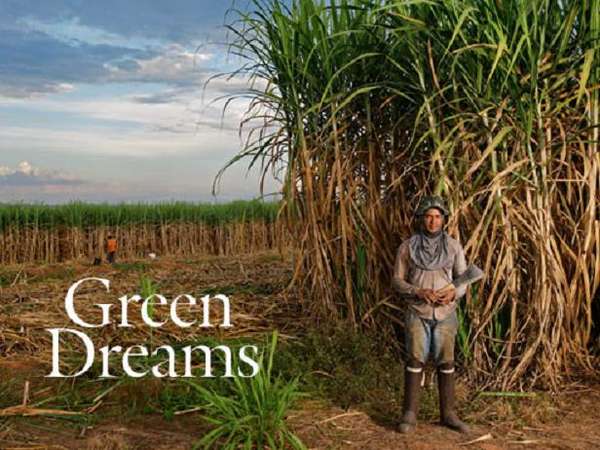
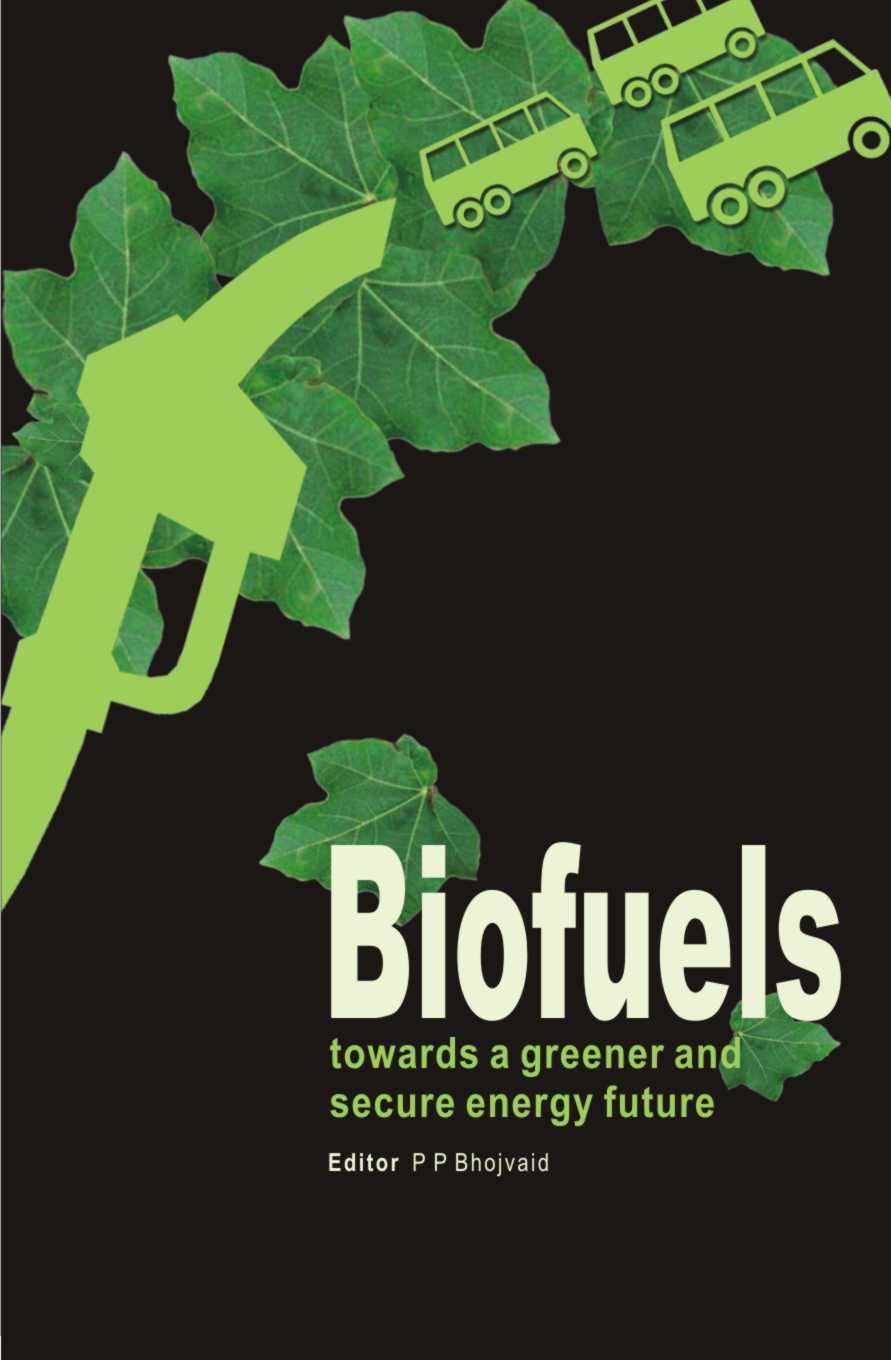
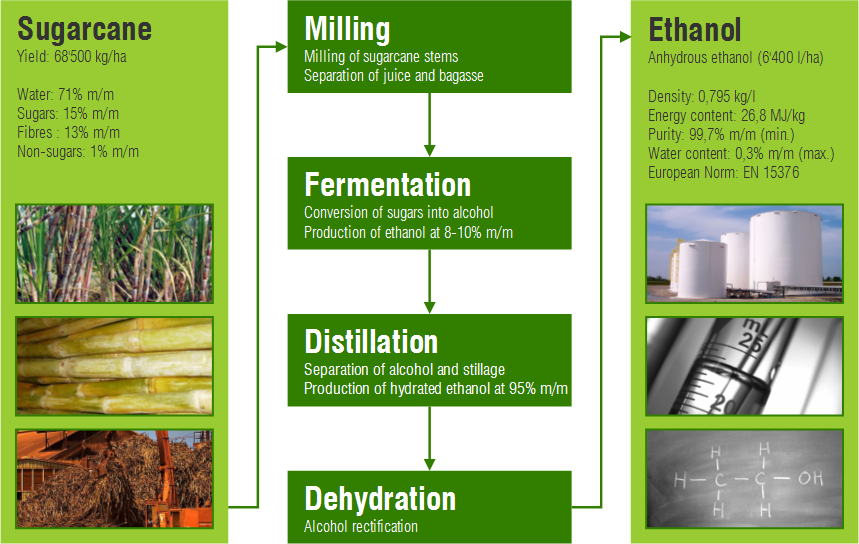
AGRITOURISM CANADA CORPORATION
AGRICULTURE IN CUBA TODAY:
Cuba is now one of the world leaders in biofertilisers, with a highly impressive production of organic food. This agricultural approach has breathed new life into rural communities and done a great deal to stem rural migration to urban areas. It is the envy of international organizations promoting organic farming and sustainable development. Cuban farmers and researchers are applying traditional and alternative technologies to food production and forging ahead towards their ultimate goal of total sustainability.
Another area in which an innovative approach has been applied is that of urban agriculture. Havana is the largest city in the Caribbean, housing 20% of Cuba’s population. Food shortages and the lack of fuel for distribution had a catastrophic effect on the city in the early nineties so the establishment of private gardens, state-owned research gardens and popular gardens employing around 25,000 urban farmers has been of inestimable value in maintaining the capital’s food supplies. The popular gardens range in size from a few square metres to large plots of land which are cultivated by individuals or community groups. They yield important food supplies to local communities in addition to the medicinal plants prescribed for all manner of ailments by local yerberos.
In 2006 one cannot yet declare that everything in the Cuban garden’s lovely, but it would be churlish to deny the agricultural achievements of recent years:
By 1999, there were gains in yields for 16 of 18 major crops, potato, cabbage, malanga, bean and pepper yields having higher yields than Central America and being above the average yields in the world.
By the end of 2000, food availability in Cuba reached daily levels of 2600 calories and more than 68 grams of protein (the United Nations Food and Agriculture Organisation considers 2400 calories and 72 grams of protein per day to be sufficient).
By 2002, 35,000 acres of urban gardens produced 3.4 million tons of food. In Havana, 90% of the city's fresh produce came from local urban farms and gardens, all organic. In 2003, more than 200,000 Cubans worked in the expanding urban agriculture sector.
In 2003, the Cuban Ministry of Agriculture was using less than 50% of the diesel fuel it used in 1989, less than 10% of the chemical fertilisers and less than 7% of the synthetic insecticides. A chain of 220 bio-pesticide centres provided safe alternatives for pest control.
The ongoing National Program for Soil Improvement and Preservation benefited 475,000 hectares of land in 2004, up 23,000 hectares in 2003. The annual production of 5 million tonnes of composted soil by a network of worm farms is part of this process.
At the time of writing, the Cuban government is heavily committed a close partnership with Venezuela and potentially with other left-wing Latin American governments. Agreements with Venezuela include the constitution of a bilateral enterprise to promote agricultural development, training and biodiversity. For several years Cuba has been exporting its city farming ‘revolution’ to Venezuela, despite sceptical remarks from Venezuelans about why so much effort should be put into urban farming when there are thousands of miles of fertile farmland so far uncultivated in the country.
It is to be hoped that in the wake of new international economic agreements, the important progress made in Cuban agriculture will not be relinquished to renewed reliance upon costly imports, a facile short-term solution with –as has already been observed in Cuba - catastrophic long-term implications. It remains to be seen whether the Cuban administration will have the vision to continue to espouse sustainable agriculture. In the long term, when the United States’ trade embargo is finally lifted and cheap agricultural products become widely available, it is unlikely that Cuban farmers will be able to compete without returning to intensive agriculture, unless skilled marketing initiatives are applied to promote the currently excellent standards of Cuban organic produce.
